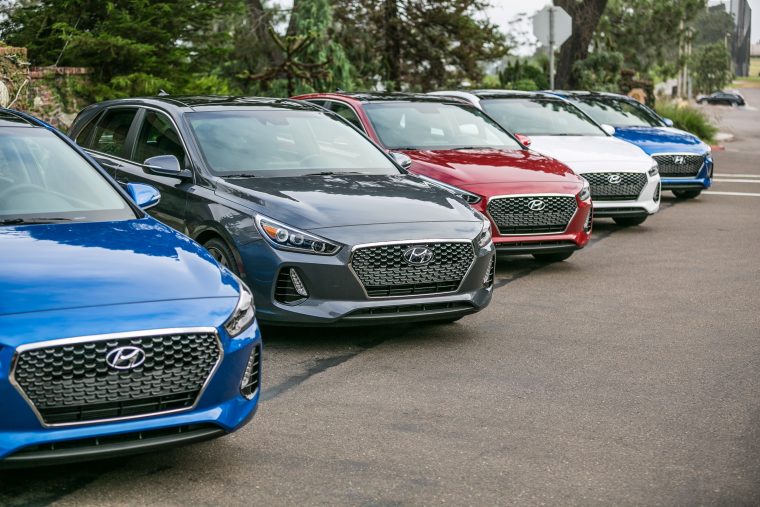Expect to see a much higher pricetag for most new vehicles if the proposed tariffs are put in place
Earlier this year, the United States imposed tariffs on imports of steel and aluminum from nations like Canada and Mexico. The justification for these tariffs was to assist U.S. metal producers that continually face the challenges of global aluminum and steel overproduction and depressed prices.
Around the same time that these tariffs were put in place, the administration of President Donald Trump said that it was considering a 25 percent tariff on imported vehicles. New estimates show that if these tariffs are put in place, U.S. annual new vehicle sales could decrease by a minimum of 1 million units.
Pickup Truck Showdown: 2018 GMC Sierra vs. 2018 Toyota Tundra
The projections come from researcher LMC Automotive. That loss of 1 million new vehicle sales was calculated in a scenario where automakers would absorb at least half of the costs created by the tariffs.
However, if automakers pass the full cost of the tariffs onto consumers, the amount of new vehicle sales lost could be even greater. LMC’s estimates state that a total of 2 million new vehicle sales could be lost if consumers take on the costs of the tariffs, meaning U.S. vehicle sales would fall by more than 10 percent.
Tensions between the U.S. and its allies are high when it comes to trade and tariffs
Photo; YouTube
At first, many analysts and lawmakers believed that President Trump’s threats of a 25 percent tariff on imported vehicles was primarily a negotiating tactic to put pressure on Canada, Mexico, and the European Union. However, after an increasing amount of tension following the G-7 summit earlier this month, the possibility of these tariffs becoming a reality just became a whole lot more likely.
Unsurprisingly, the majority of automakers are nervous about these possible tariffs. For example, GM’s CEO Mary Barra stated that the company would be watching trade negotiations “closely” and providing any input that it could.
“We want to make sure that we maintain affordability in vehicles, because that’s so important – to continue to support the market that’s strong, that is supporting a lot of jobs,” Barra said.
Benefits of Pre-Owned Models: Why buy used?
Foreign automakers like Volkswagen and Toyota would be the most affected by these tariffs. Still, even domestic automakers like GM would experience decreased sales, as imported vehicles make up 39 percent of GM’s current retail fleet.
On the other hand, foreign automakers with a manufacturing presence in America might not be as deeply hurt by the tariffs as their peers. BMW builds its X-model utility vehicles at the automaker’s plant in Spartanburg, South Carolina, and BMW exports more vehicles built in the U.S. than any other automaker, accounting for 15.4 percent of the country’s export value.
BMW’s commitment to manufacturing in the U.S. could better safeguard it against these tariffs
If faced with the costs of a 25 percent tariff on imported vehicles, consumers are likely to react in three ways. Either they will begin buying more used vehicles, purchase less expensive domestic models, or postpone a new car purchase altogether.
At the moment, these tariffs remain hypothetical. Nevertheless, if they are implemented, consumers can expect to see a much higher pricetag the next time they go shopping for a vehicle.
News Source: Bloomberg
The News Wheel is a digital auto magazine providing readers with a fresh perspective on the latest car news. We’re located in the heart of America (Dayton, Ohio) and our goal is to deliver an entertaining and informative perspective on what’s trending in the automotive world. See more articles from The News Wheel.














